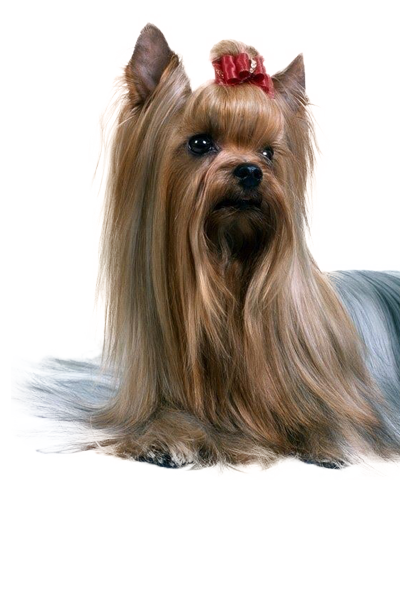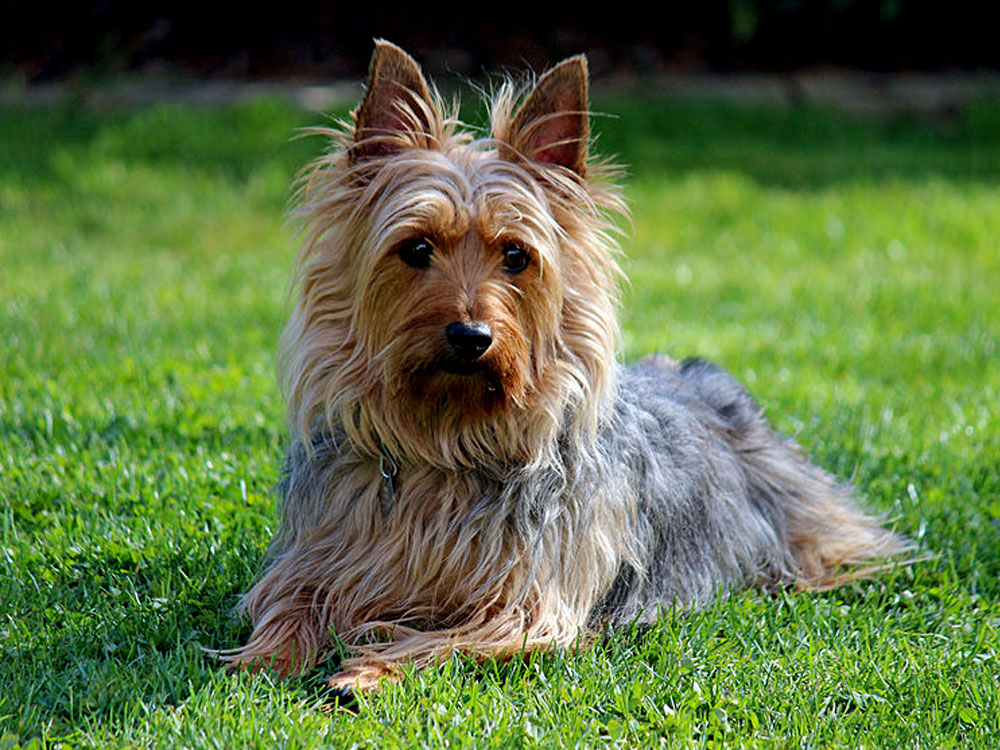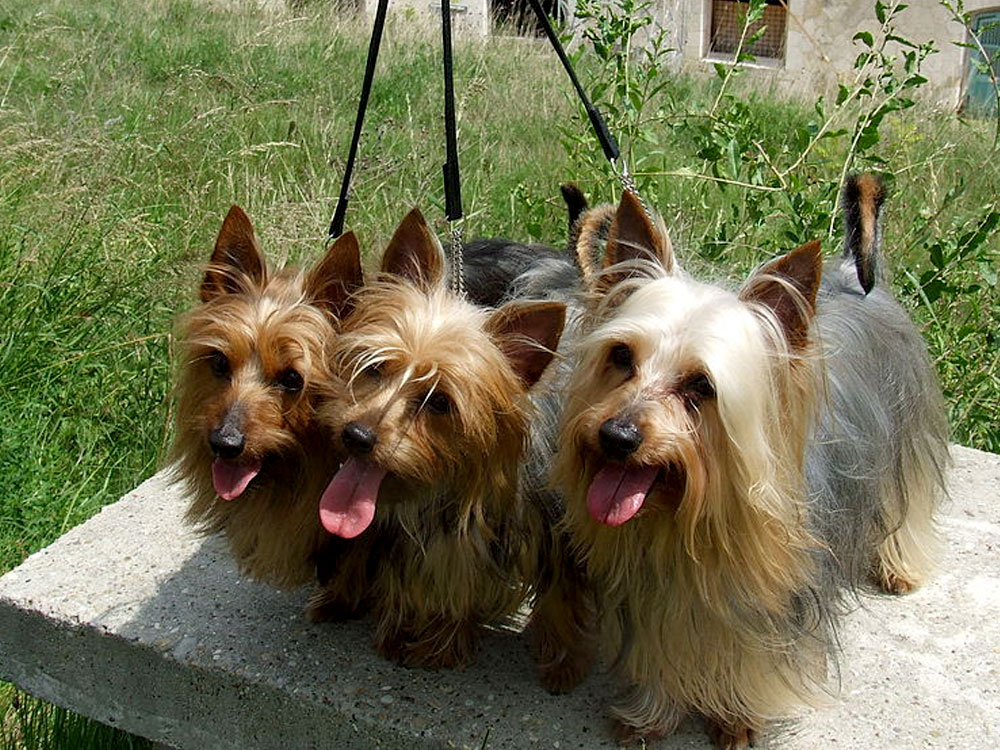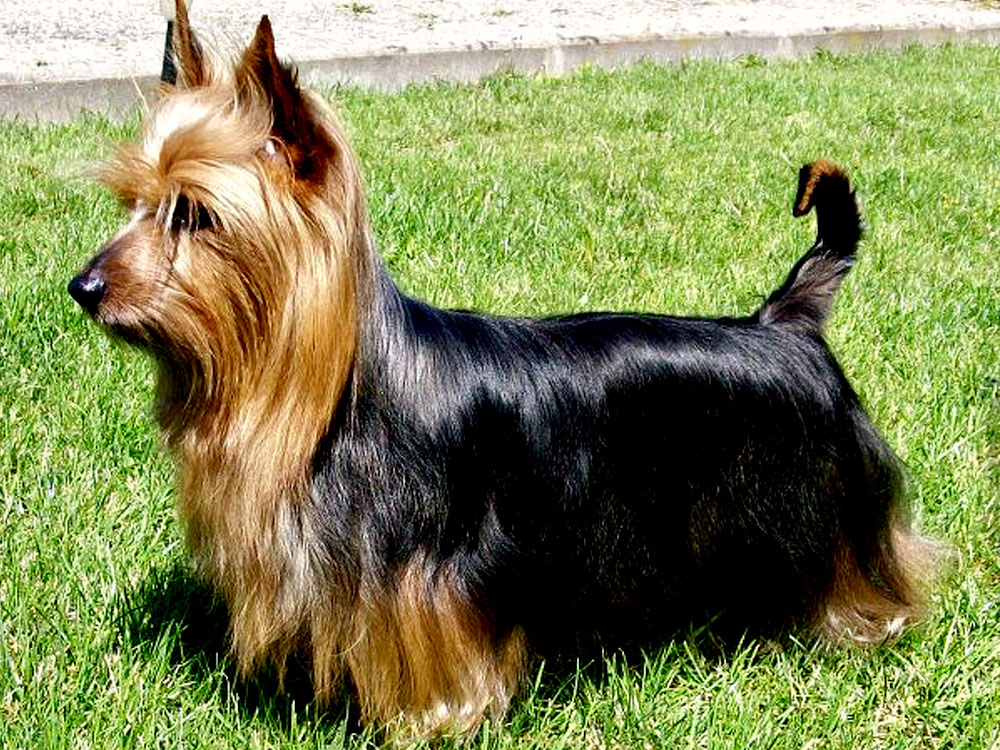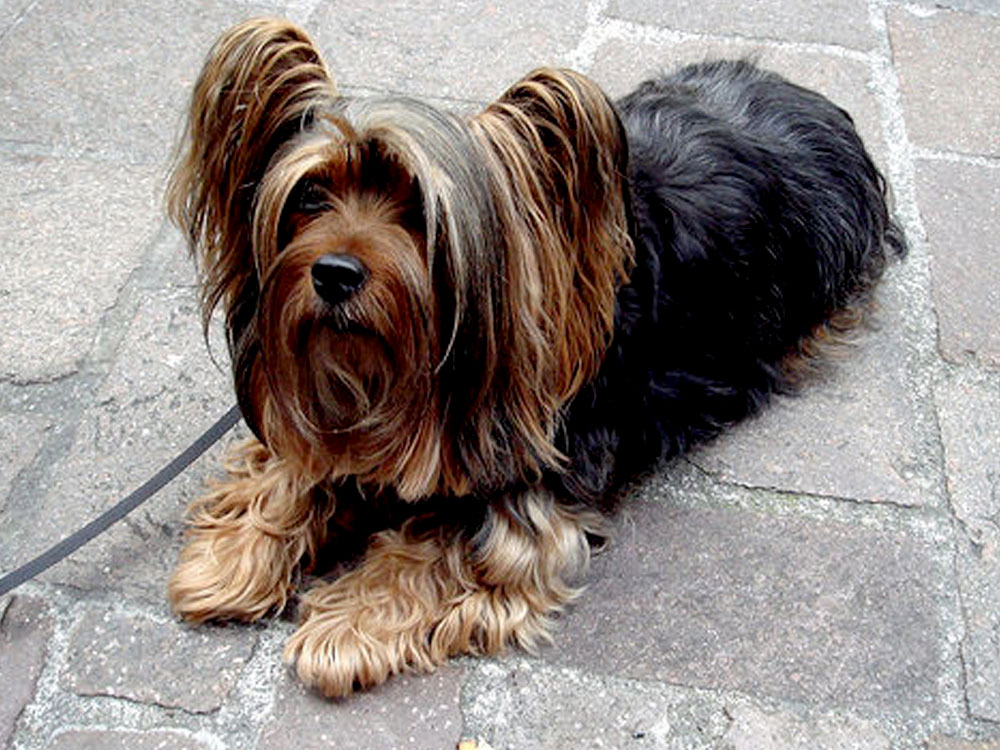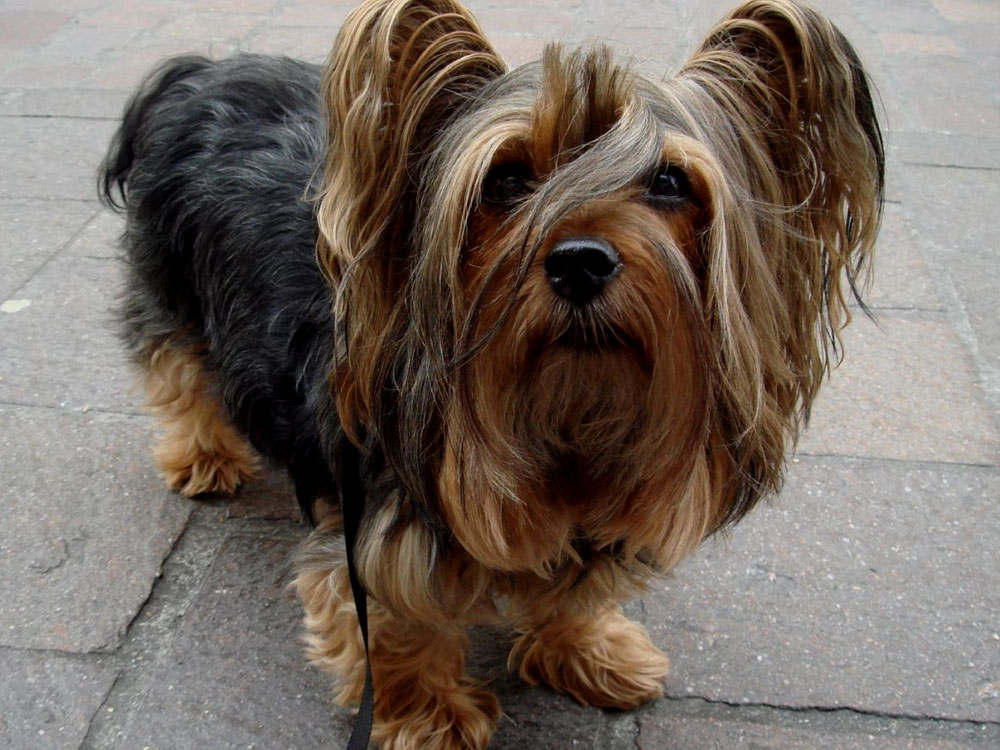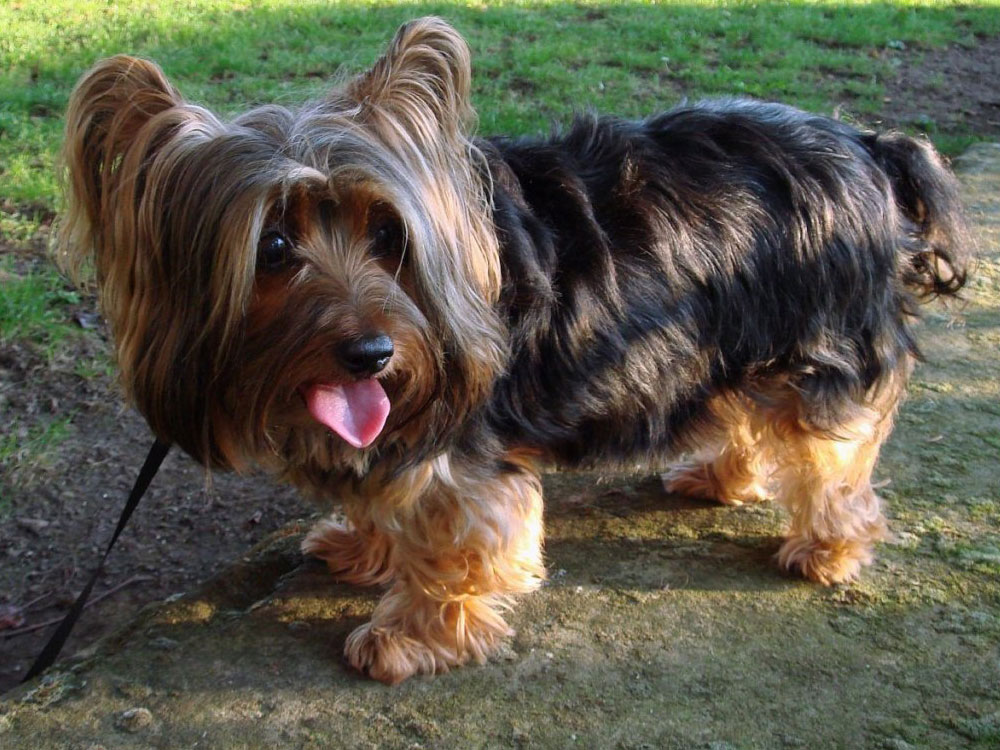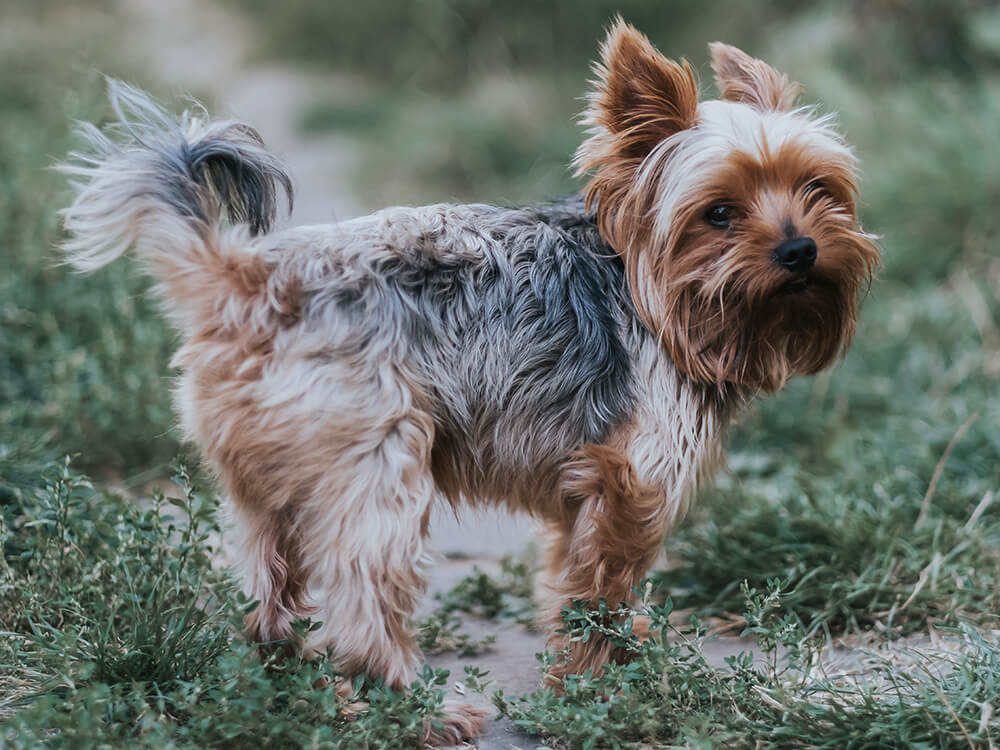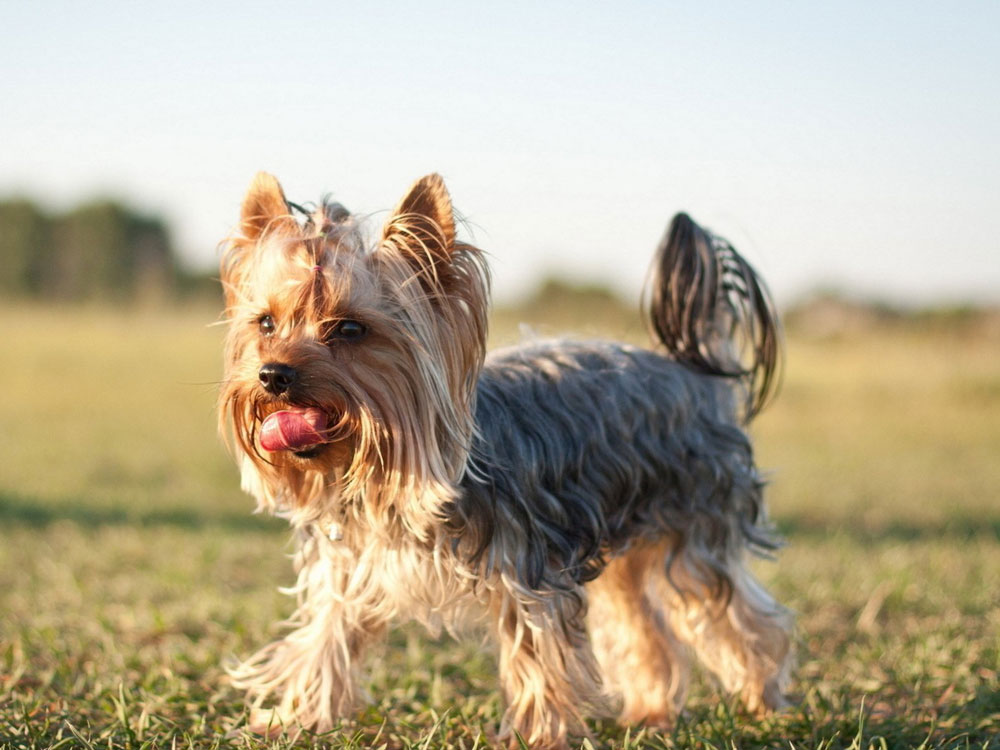
Australian Silky Terrier Breed Pictures
Vital Breed Stats
| Height: | 23 - 25 cm M | 20 - 25 cm F |
| Weight: | 4 - 5 kg M | 4 - 5 kg F |
| Breed Group: | Pastoral Dog Group |
| Life Expectancy: | 13 - 15 years |
| KC Registered: | No |
Breed Characteristics
| Size: |  |
| Grooming: |  |
| Exercise Level: |  |
| Trainability: |  |
| Barking Level: |  |
| Good with Children: |  |
| Good with other pets: |  |
| Affectionate: |  |
| Protective: |  |
| Cost to Keep: |  |
Give a thumbs up if you love the Australian Silky Terrier

0
More About the Breed
History
The Australian Silky Terrier is believed to have been bred in 1890s in Australia. The local Australian Terriers and imported Yorkshire terriers were crossed and produce three different results. The two looked like each of their parents, whilst the third had a size and hair length that was between the two. The Australian Terriers we see today were a result of interbreeding.
It was in 1906 that the breed standard guidelines were created in Sydney. However, a different set of standards was made in Victoria in 1909. The two only met halfway in 1926 to create a new breed standard. The pooch had numerous names; it was initially called the Sydney silky terrier and then changed to Australian Silky Terrier in 1955. It has been Kennel Club-registered since 1959. It is currently called silky terrier in the US.
Appearance
The silky weighs 8–10 pound and stands 23–26 centimetres at the withers. It has a typical terrier head with a flat skull and a black nose. It has small, oval eyes and V-shaped prick ears.
It is known for its straight, fine, sleek, and silky coat that hardly sheds. It is parted down the back and is 13–15 centimetres long. The standard colour is a combination of rich and well-defined blue and tan. A bit of black colouring is allowable in puppies.
Grooming
The coat may seem difficult to maintain, but on the contrary, it only requires daily brushing to remove mats. Plus, it only needs a few baths in a month. Taking it to a professional groomer once a month will also help.
Aside from caring for your dog’s coat, make sure to regularly trim the nails, clean the ears, and check for ticks or fleas. An overlooked aspect of dog ownership is good oral hygiene. Take care of your dog’s teeth and gums to prevent diseases and bad breath by brushing its teeth at least twice or three times a week. Appropriate chew bones/toys, which your pet will enjoy, can help build strong teeth as well as help remove plaque and dirt.
Temperament
The silky is easy to train as it is an eager student but can make up its own rules. This usually happens when the handler is soft or inconsistent. Positive reinforcement and fun lessons would make training easier.
Each breed may have a certain predisposition in terms of temperament and intelligence. However, like humans, each dog is unique. A lot of factors play a role in developing its personality and abilities. Genetics is a factor, but the environments where the puppy is born and then later on raised have a huge influence.
Intelligence
Nutrition
If you choose to prepare or cook your dog’s food, make sure you do your research because even though you use fresh ingredients, you may still not provide the right amount of vitamins and minerals. Avoid giving table scraps and stick to your dog’s specific food. There are certain human foods forbidden and deadly to dogs such as chocolate, grapes, avocado, chicken bones, fatty and salty foods, and others. Better safe than sorry!
Consult a trusted veterinarian before giving your dog any supplements as some may cause harm than good. Some vets do not encourage supplements when you are feeding high-quality dog food that contains all the nutrients that your canine needs.
Always make sure that your dog has access to fresh clean water and avoid giving it sweet human drinks like juice, soft drinks, tea, or coffee.
Feeding
A typical serving for this small dog is 1/2–3/4 cup of excellent-quality dry dog food per day. Measure its food and limit to two meals a day to ensure a trim body size. Like in every breed, the amount of food depends on its age, size, build, activity level, and metabolism.
Choosing the type of food that you feed your dog is entirely up to you. Choose high-quality dog food, whether dry or wet, that is specifically formulated to meet the needs of dogs. Check the labels and avoid buying cheap brands that contain chemicals and preservatives.
Health
- Legg-Calve-Perthes Disease
- Patellar Luxation
- Diabetes Mellitus
- Epilepsy
- Tracheal Collapse
- Hip and Elbow Dysplasia
- Diabetes
Exercise
Cost of Ownership
For a well-bred Australian Silky Terrier puppy, expect to spend £300 to £450. Insurance may cost about £20 (basic) to £43 (lifetime) each month. The food expenses may reach about £30–£40 monthly. For vaccinations, boosters, annual checks, and other veterinary costs, pet care bills may add up to more than £800 annually.
On average, a silky owner will spend about £60–£90 per month. The insurance costs can also impact cost estimates. For its lifetime (11–14 years), the costs can be as low as £7,920 to as high as £15,120 overall. This range does not include the expenditures incurred in buying a pup.
Is an Australian Silky Terrier Right for You?
- The Australian Silky Terrier is a great family pet as it is affectionate, people-loving, loyal, and playful.
- It is a good first-dog choice provided its needs are met.
- This pooch’s long-haired coat may look challenging to maintain, but it only requires daily grooming to prevent matting.
- The silky is an intelligent dog and is highly trainable.
- Due to its a high prey drive, it may not back down from a challenge even from bigger dogs.
- It needs daily exercise and mental stimulation to balance its energies.
